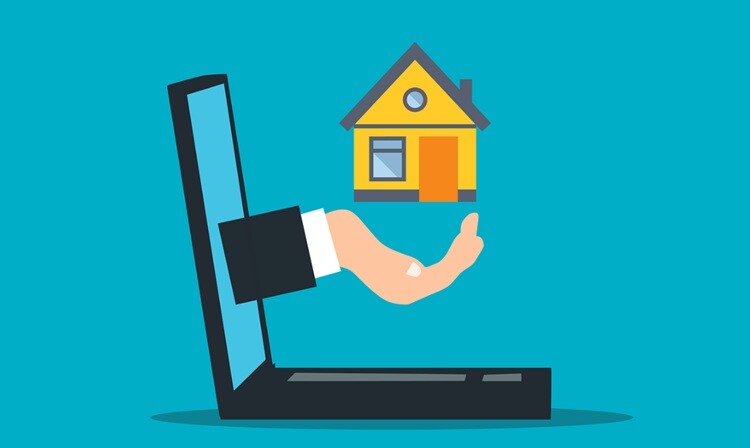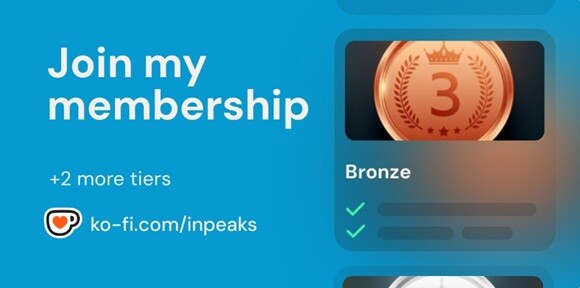Introduction
Property managers had to manually track rent payments, handle repair requests through disorganised emails, and ensure that lease agreements were correctly organised for many years in an attempt to keep tenants happy. These antiquated techniques were not only time-consuming but also prone to errors, delays, and missed possibilities for advancement.
Property management software simplifies and automates daily activities, allowing property owners and managers to manage everything from tenant contacts to financial tracking in one spot.
In today’s fast-paced PropTech market, staying ahead requires embracing technology. Businesses that invest in the best property management software get a competitive advantage by streamlining processes, mitigating risks, and providing a seamless renter experience.
This article will look at the key benefits of property management software, how it works, and why it’s becoming more and more important for modern real estate companies.
What is Property Management Software?
Property management software is a digital program that helps property owners and managers carry out their everyday tasks more efficiently. This program eliminates the need for spreadsheets, documentation, and human oversight by consolidating all processes—leasing, rent collection, maintenance requests, and financial reporting—into a single database.
By automating these actions, you may save stress, eliminate errors, and guarantee that important tasks are not overlooked.
Other advantages worth considering include:
✔ Automated rent collection, including payment tracking, reminders, and late fees.
✔ Centralizes lease details and alerts managers to forthcoming renewals or expirations for easier management.
✔ Property managers may assign work, track progress, and communicate with service providers in real time.
✔ For effortless bookkeeping, the software tracks income and expenses, creates reports, and streamlines tax preparation.
Important Qualities to Consider in Property Management Software
When selecting property management software, the goals are to improve financial management, streamline procedures, and lessen burden.
The following are some crucial aspects to think about:
- Accounting Integration:
Your property management system is built on top of your accounting software. It should be easily integrated with a good property management program to provide accurate financial tracking and reporting.
- Rental Collection and Payment Processing:
Look for software that allows digital transactions to eliminate the need for paper checks and prevent problems like missed payments and fraud. Some platforms also include automated rent reminders, which help prevent late payments and maintain cash flow stability.
- Revenue Protection:
It’s not just about collecting rent; it’s also about keeping it. The best property management software helps to prevent chargebacks, failed payments, and fraud. Features such as bank account verification and chargeback defence ensure that payments are completed safely, lowering the chance of financial loss.
- Resident Communication Tools:
Effective communication ensures tenant satisfaction and seamless operations. A built-in messaging system enables quick updates, rent reminders, and lease renewal notifications. Some platforms also provide survey tools to collect resident input, which can assist property managers in improving services and retention rates.
- Reporting & Performance Tracking:
Accurate data is necessary for effective decision-making and performance tracking. Search for software that provides detailed data on finances, occupancy rates, tenant patterns, and expenses.
Key Benefits of Property Management Software
There are many moving pieces to managing rental properties, including rent collecting, tenant communication, maintenance requests, and financial tracking. Keeping track of everything manually might be time-consuming and ineffective.
Here’s how it helps:
- Automation of rent reminders, lease tracking, and maintenance requests reduces manual work and errors.
- The program adapts to your business demands, ensuring you stay organised as it grows.
- Improved maintenance response times, online payment options, and clear communication can increase tenant retention rates.
- Store all relevant information, including leases, payments, maintenance history, and reports, in one location for convenient access.
How Do I Create Property Management Solutions?
Creating property management software requires a detailed understanding of industry trends. Here is a step-by-step plan for launching a fully operational platform:
- Before beginning development, it is necessary to research competitors and identify market gaps in order to produce a more innovative and efficient solution.
- Understanding your target audience enables you to create features that streamline their process and enhance application usability.
- Companies then need to choose between ready-to-use software and a specially designed property management system tailored to their unique requirements.
- Creating wireframes and prototypes to plan the layout and user experience makes the platform user-friendly, straightforward and easy for users to navigate.
- Following design completion, programmers develop the application, focusing on data administration (back end) and user interface (front end).
- To fix any issues and optimise performance, extensive testing is done before the final product is released for end users.
- After testing, it is released for practical use, and based on user feedback, it is continuously improved.
Recent Trends in Property Management Software
Some of the most significant developments in property management that are raising its efficacy and efficiency are cloud computing and intelligent automation.
- Cloud-based property management software enables you to manage properties remotely, collaborate with teams, and update data without relying on physical storage or on-site servers.
- With the help of powerful analytics, you can monitor tenant behaviour, better control expenses, and track rent trends. From cloud solutions to smart automation, these are some of the most important innovations in property management that are improving its efficiency and effectiveness.
- Property managers and tenants expect property management software to be available via cell phones. Landlords can use mobile apps to track payments, approve maintenance requests, and connect with tenants at any time and from anywhere.
- The proliferation of IoT (Internet of Things) devices is making property management more sophisticated. From smart locks and security cameras to energy-efficient thermostats, IoT enables remote monitoring and automation.
What is the cost of developing property management software?
The cost of developing property management software is determined by several factors, and a breakdown of expected costs is shown below based on various company requirements.
Startups require basic software for tenant administration, lease monitoring, and payments. Automation, analytics, and mobile access are all beneficial to growing firms. Large businesses require modern solutions that incorporate AI, IoT, and compliance management.
Additional Cost Considerations:
- Ongoing Maintenance and Updates
- Software Licensing and Hosting
- Training & Support
Conclusion
In today’s fast-paced real estate industry, property management software is a game-changer. It streamlines operations, saves time, and enhances tenant satisfaction—all while making property management more efficient and scalable.
As technology advances, adopting software for property management isn’t just about keeping up; it’s about staying ahead. Whether you manage a few properties or an entire portfolio, the right tools can simplify tasks and drive growth. Now is the time to embrace digital transformation and make property management smarter, faster, and more effective.
You may also like to read,










